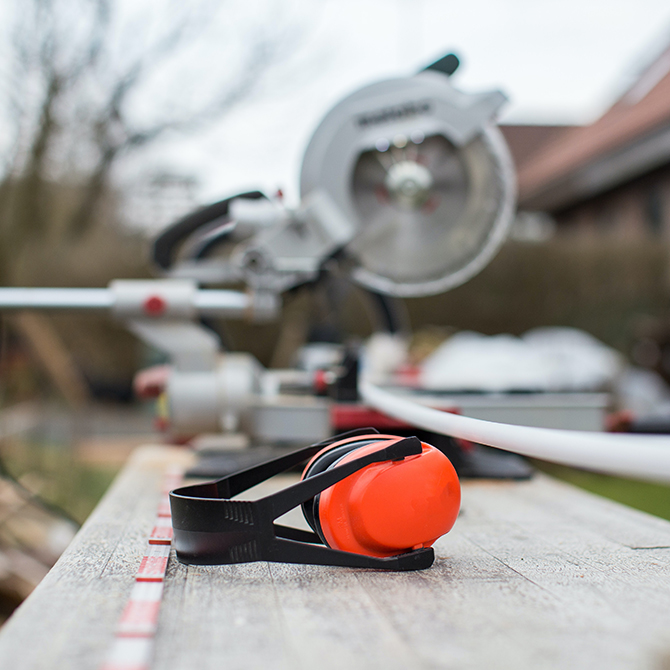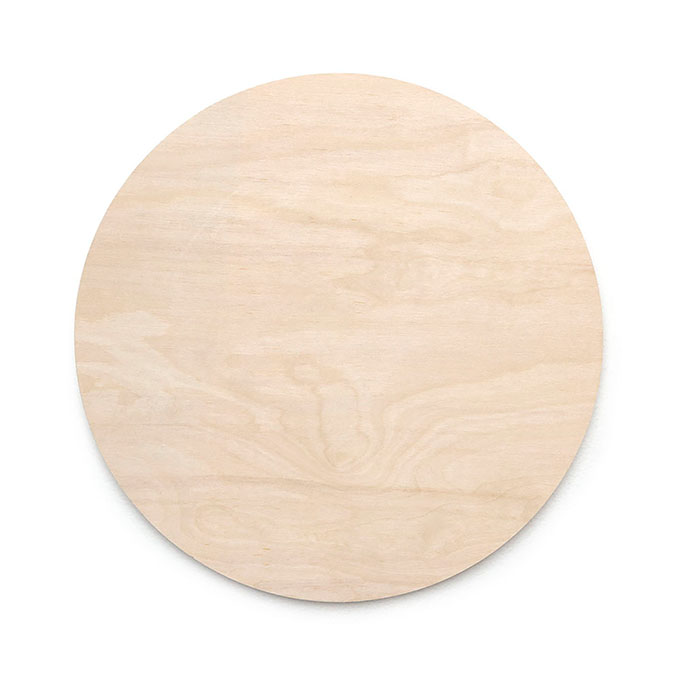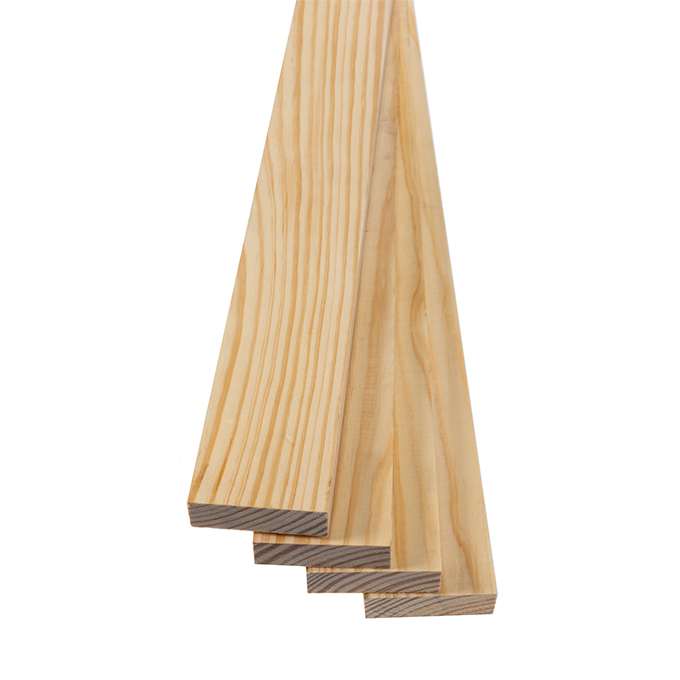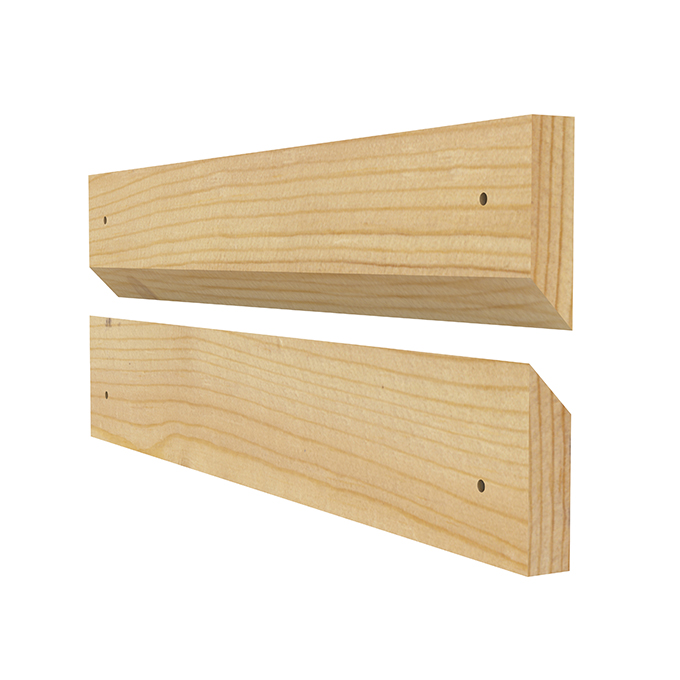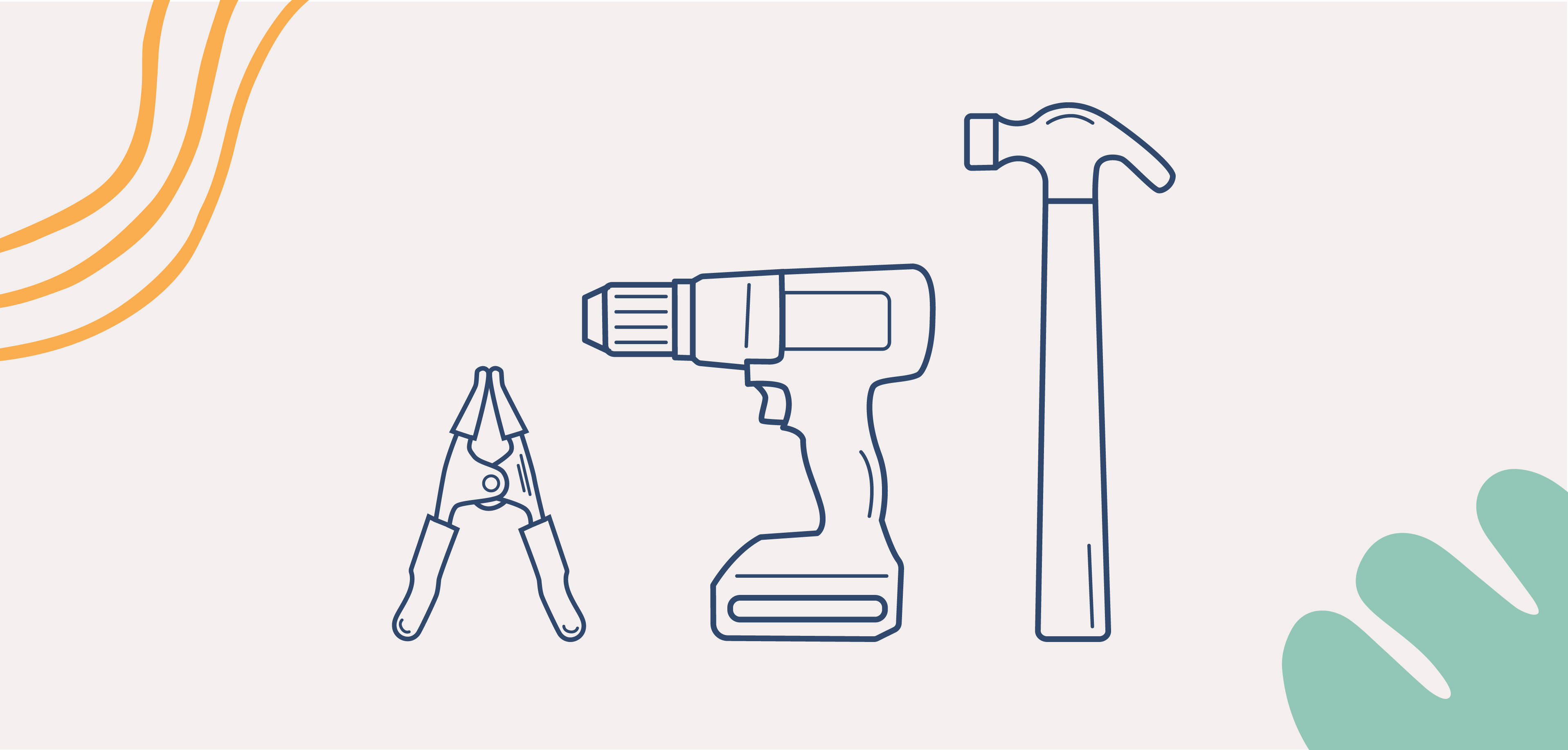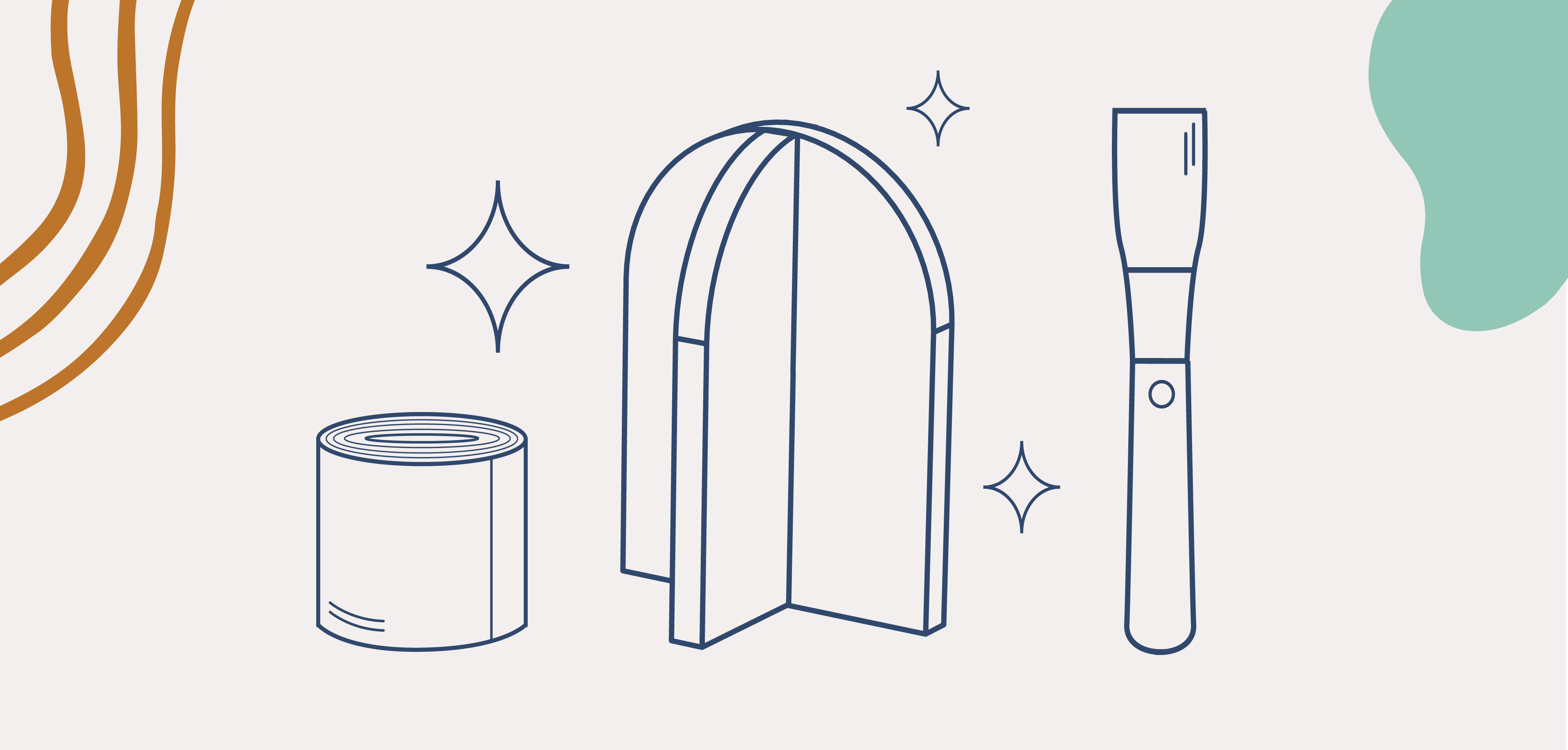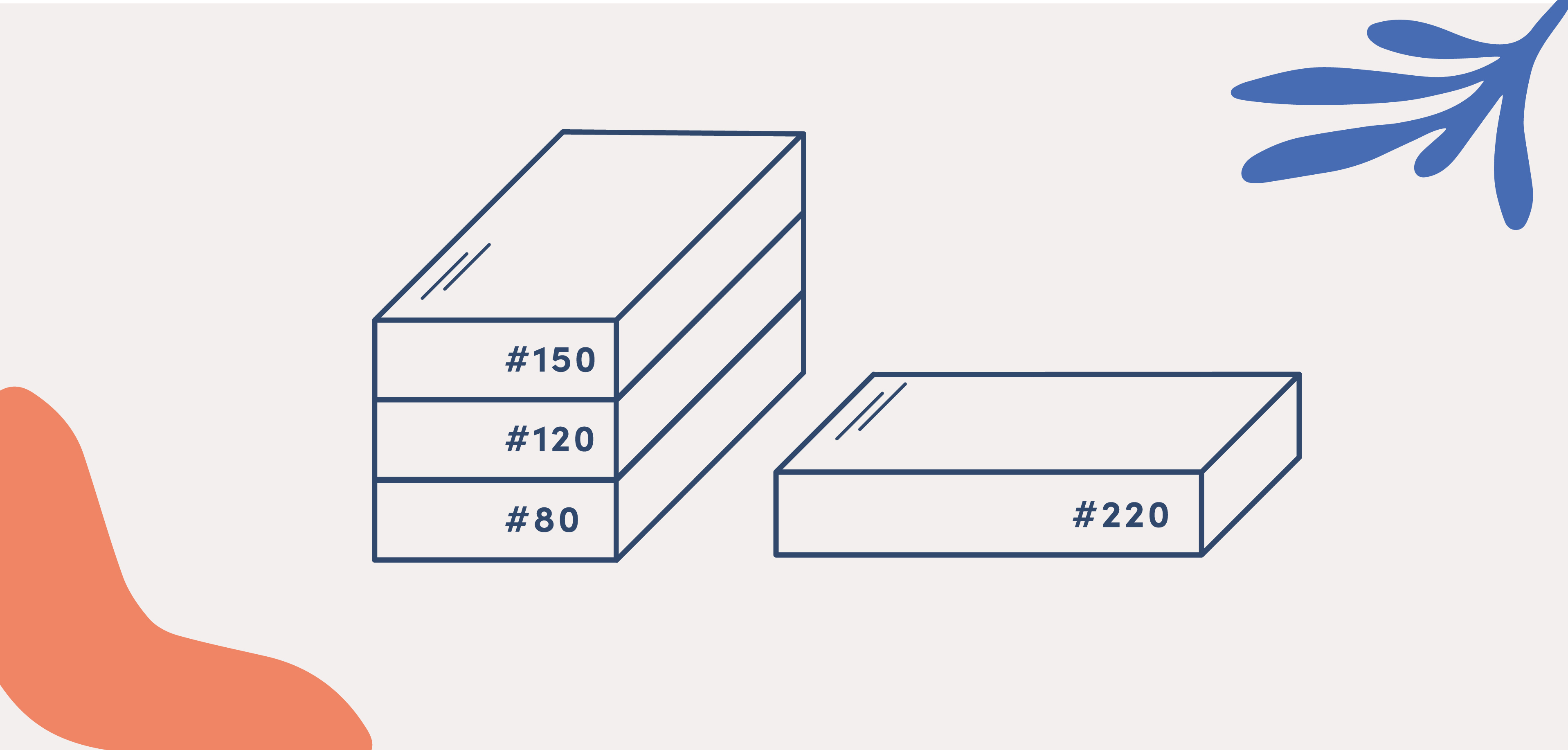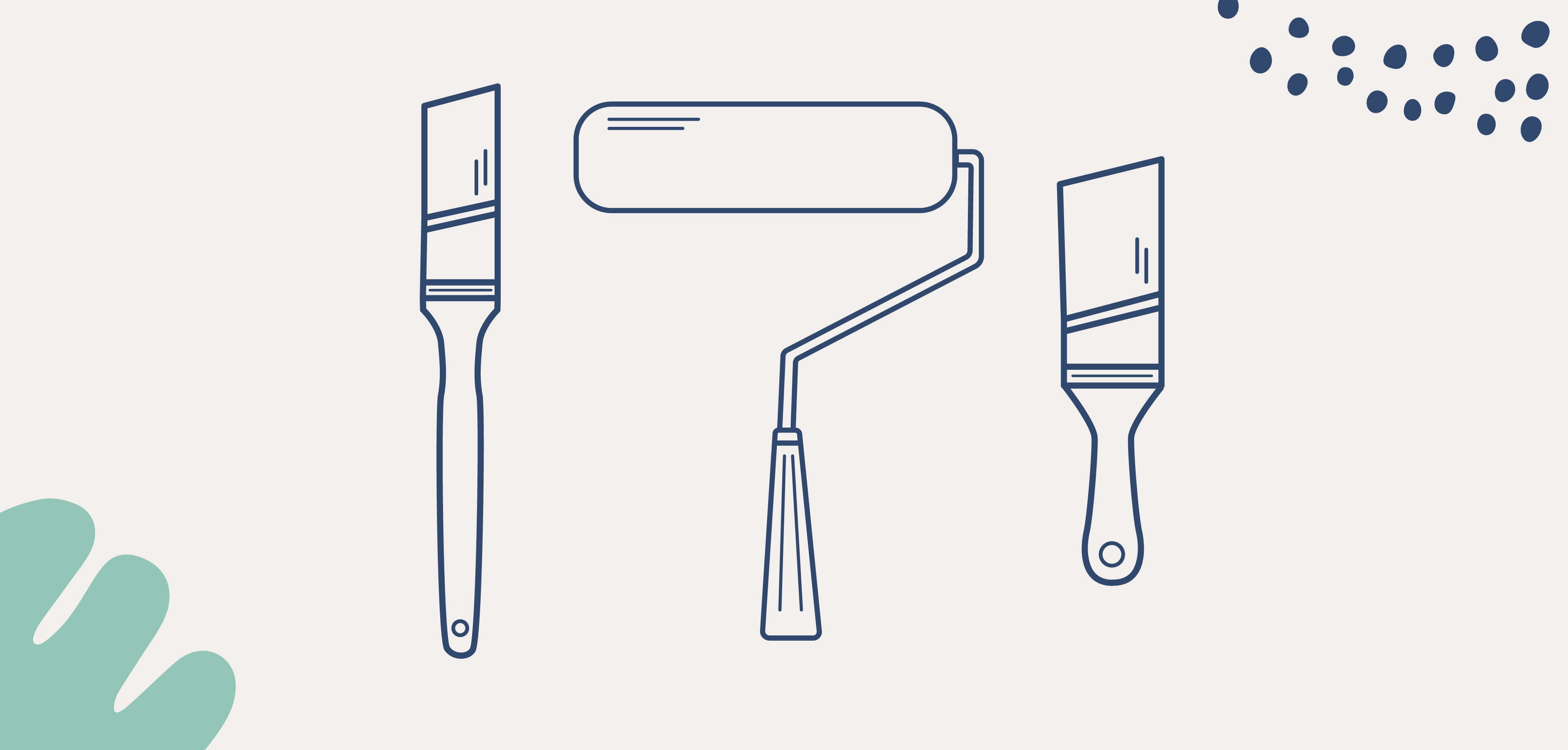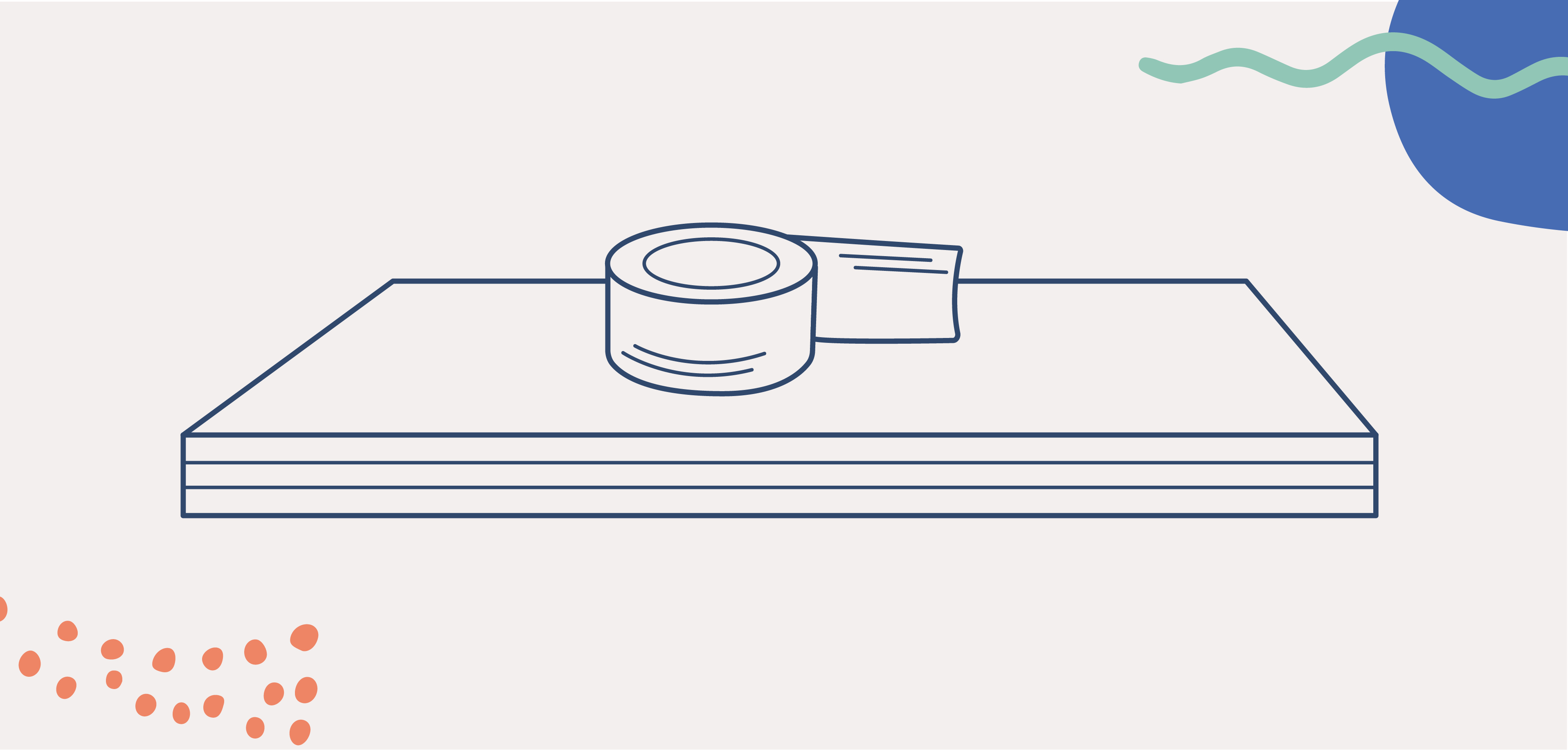
Must-have Protective Gear for Makers
Posted 10/20/2022 by The Handprint Team
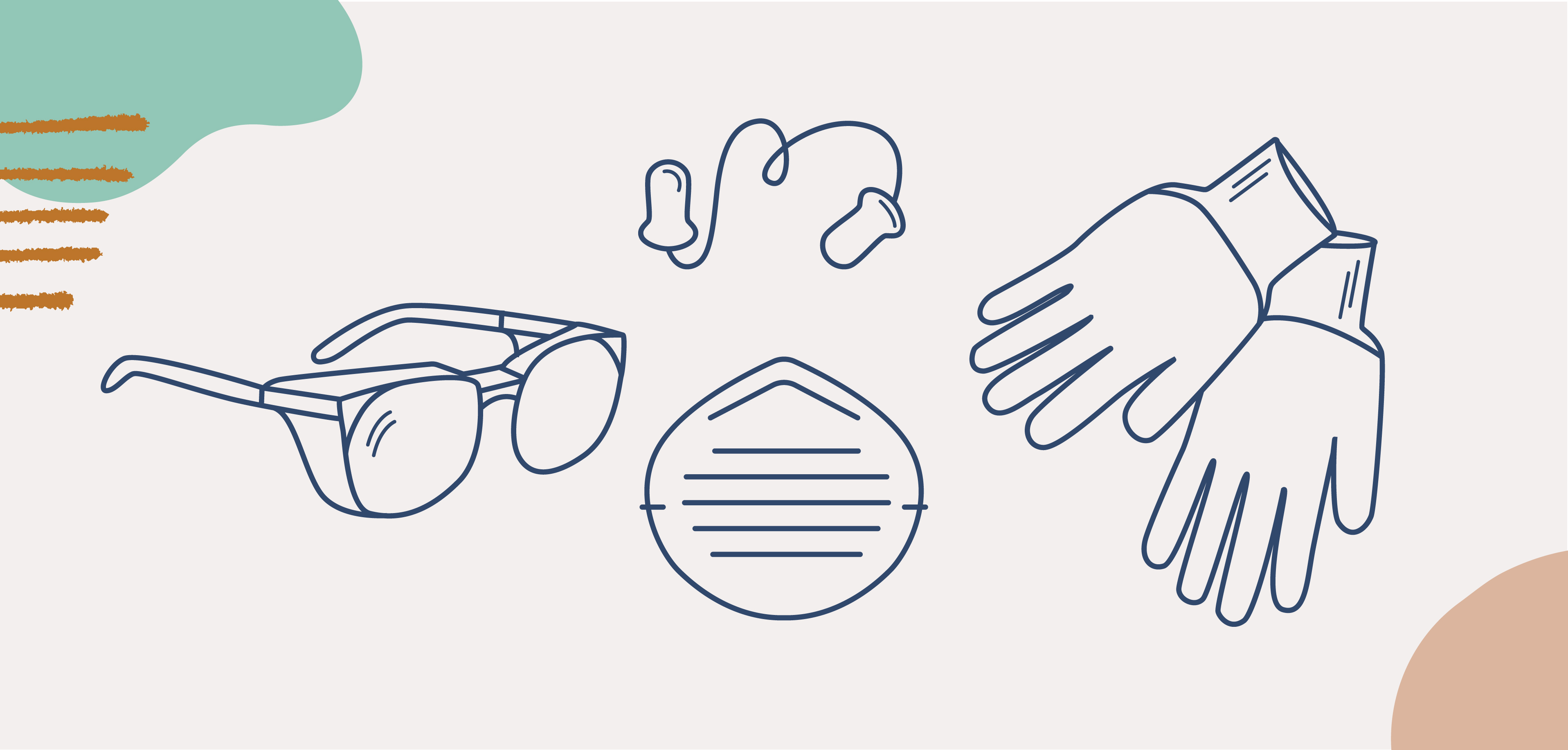
Makers come in two varieties. Those who take safety seriously, and those who haven't learned their lesson yet.
If you’re the second type, you’re either lucky enough or new enough to still be blissfully ignorant. Because accidents happen. Fortunately, the most common are also the easiest to prevent.
This quick list of essential protective gear will help ensure all your projects end in satisfaction, not the ER.
Top 4 Safety Gear Must Haves
1. Eye Protection
Getting friendly with wood is usually messy. That's because the things we typically do, like saw and sand, send wood fibers into the air and potentially into our eyes. But those baby blues, browns, and green are too precious to leave unprotected. Choose safety glasses, goggles, or a full-face shield to keep debris out of your eyes and protect your vision.
2. Hand Protection
There's a good reason we count a newborn's fingers and toes and declare them perfect at 20. Having (and keeping!) all our digits is just that important to optimal daily living. And to our creation of beautiful things. Protect your hands from cuts, blunt force, slivers, splinters, punctures, burns, abrasions, and chemicals with gloves. There are options for every step of your project. Find gloves that resist cuts and protect from scrapes and bruises. Use disposables for glues and finishes.
3. Ear Protection
Long-term exposure to loud noise – even in frequent but short bursts – can cause permanent hearing loss. Every time you use a noisy tool or run a loud machine, reach for an approved form of ear protection, like earplugs, hearing bands, noise-canceling earbuds, or headphone-style earmuffs. These all dampen the volume and protect your hearing from hazardous noise levels.
4. Respiratory Protection
Lots of woodworking activities, like sanding, produce dust. And while we talked about keeping wood particles out of our eyes, we also need to keep them out of our nose, sinuses, and lungs. Whenever necessary, cover your nose and mouth with a basic dust mask for protection from airborne debris. And remember, if your nose isn't covered, you're only protecting one of the three holes in your face designed for breathing.
But dust isn't the only threat to our airways. A well-ventilated area is essential when wood burning, working with finishes like paint, primer, glaze, and glues like resin and epoxy. Some of these give off VOCs (volatile organic compounds) and chemical fumes you don't want to breathe. A more robust mask – often offered with replaceable filters – is the best choice for these kinds of projects.
Final Thoughts
Start with this short list of non-negotiable gear, and you'll be prepared to continue making — safely — far into the future.Tip:
Don’t sand wood fiber panels like MDF, particleboard, or tempered hardboard. These products already have a smooth surface, and when sanded, they create a tremendous amount of very fine sawdust that can irritate eyes and lungs.
